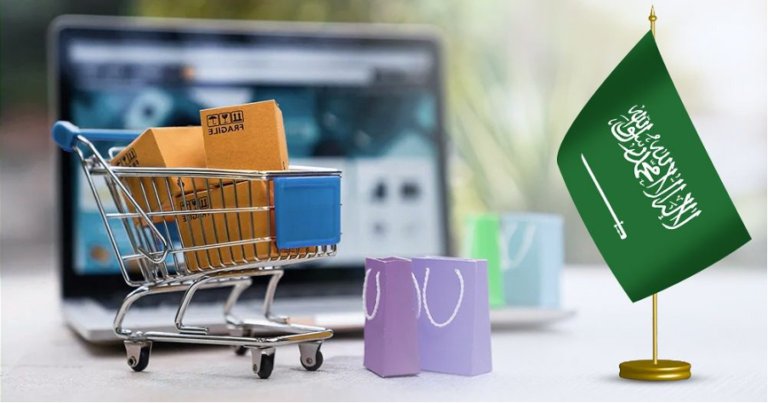Graphite crucibles are essential components in various industries, particularly for melting metals, alloys, and other high-temperature applications. Their durability, thermal conductivity, and resistance to extreme temperatures make them indispensable. However, their cost can vary significantly based on several factors. Understanding these factors is crucial for manufacturers, buyers, and users to make informed decisions. This article explores the key elements that influence the cost of graphite crucibles.
1. Quality and Grade of Graphite
High-Purity Graphite
The quality of the graphite used is one of the primary determinants of a crucible’s cost. High-purity graphite, free from impurities, offers better thermal stability, chemical resistance, and durability. Crucibles made from such materials tend to be more expensive but provide longer service life and superior performance.
Different Grades of Graphite
Graphite crucibles come in various grades, such as fine-grain or coarse-grain. Fine-grain graphite offers better density and uniformity, which is essential for applications requiring precision. However, it is more expensive to produce, contributing to higher costs.
2. Manufacturing Process
Machined vs. Molded Crucibles
Graphite crucibles are either machined or molded. Machined crucibles, crafted from a single block of graphite, are more precise and often costlier due to the labor-intensive manufacturing process. Molded crucibles, made by compressing graphite powder into a specific shape, are generally more affordable.
Advanced Techniques
Innovations in manufacturing, such as isotropic pressing or vacuum impregnation, enhance the properties of graphite crucibles but increase production costs. These techniques improve durability and thermal shock resistance, making them a premium choice.
3. Size and Shape
Larger Crucibles
The size of the crucible directly impacts its cost. Larger crucibles require more raw materials and longer manufacturing times, leading to higher prices.
Custom Shapes
Custom-designed crucibles tailored for specific industrial applications can be more expensive than standard models. The complexity of the shape and the precision required during production significantly influence the cost.
4. Thermal and Mechanical Properties
Thermal Conductivity
Graphite crucibles with higher thermal conductivity offer better heat transfer, essential for certain industrial processes. However, enhancing this property often involves additional processing, increasing the price.
Resistance to Thermal Shock
Crucibles designed to withstand sudden temperature changes are usually more durable and come at a higher cost. This feature is critical for processes involving rapid heating and cooling cycles.
5. Protective Coatings
Some graphite crucibles are coated with materials like silicon carbide or boron nitride to improve resistance to oxidation, corrosion, or wear. While these coatings extend the crucible’s lifespan and enhance its performance, they add to the overall cost.
6. Application-Specific Requirements
Crucibles used for specific applications, such as melting precious metals like gold and platinum, often require specialized properties. These include high resistance to chemical reactions and precise tolerances, which can significantly increase the cost.
7. Supply Chain and Availability
Raw Material Costs
The cost of graphite as a raw material fluctuates based on market demand, mining conditions, and global supply chains. These variations can impact the final price of crucibles.
Transportation and Logistics
Importing raw materials or finished crucibles can add to the cost, particularly if the supplier is located overseas. Additionally, disruptions in the supply chain can lead to price increases.
8. Brand and Manufacturer
Established brands and manufacturers often charge higher prices due to their reputation for quality and reliability. These companies invest in better production facilities, research and development, and rigorous quality control processes, justifying the premium pricing.
9. Market Demand
The demand for graphite crucibles in industries such as metallurgy, jewelry, and laboratory research directly affects their pricing. Higher demand during peak industrial periods can drive up costs, while reduced demand may result in lower prices.
10. Longevity and Cost-Effectiveness
While the initial cost of a high-quality graphite crucible may be higher, its durability and extended service life often make it more cost-effective in the long run. Buyers should consider the total cost of ownership rather than just the upfront price.
Conclusion
The cost of graphite crucibles depends on various factors, including the quality of graphite, manufacturing techniques, size, thermal properties, and market conditions. By understanding these influences, buyers can choose the right crucible that balances performance and cost. Investing in high-quality graphite crucibles may initially seem expensive, but their efficiency and durability often result in long-term savings.













